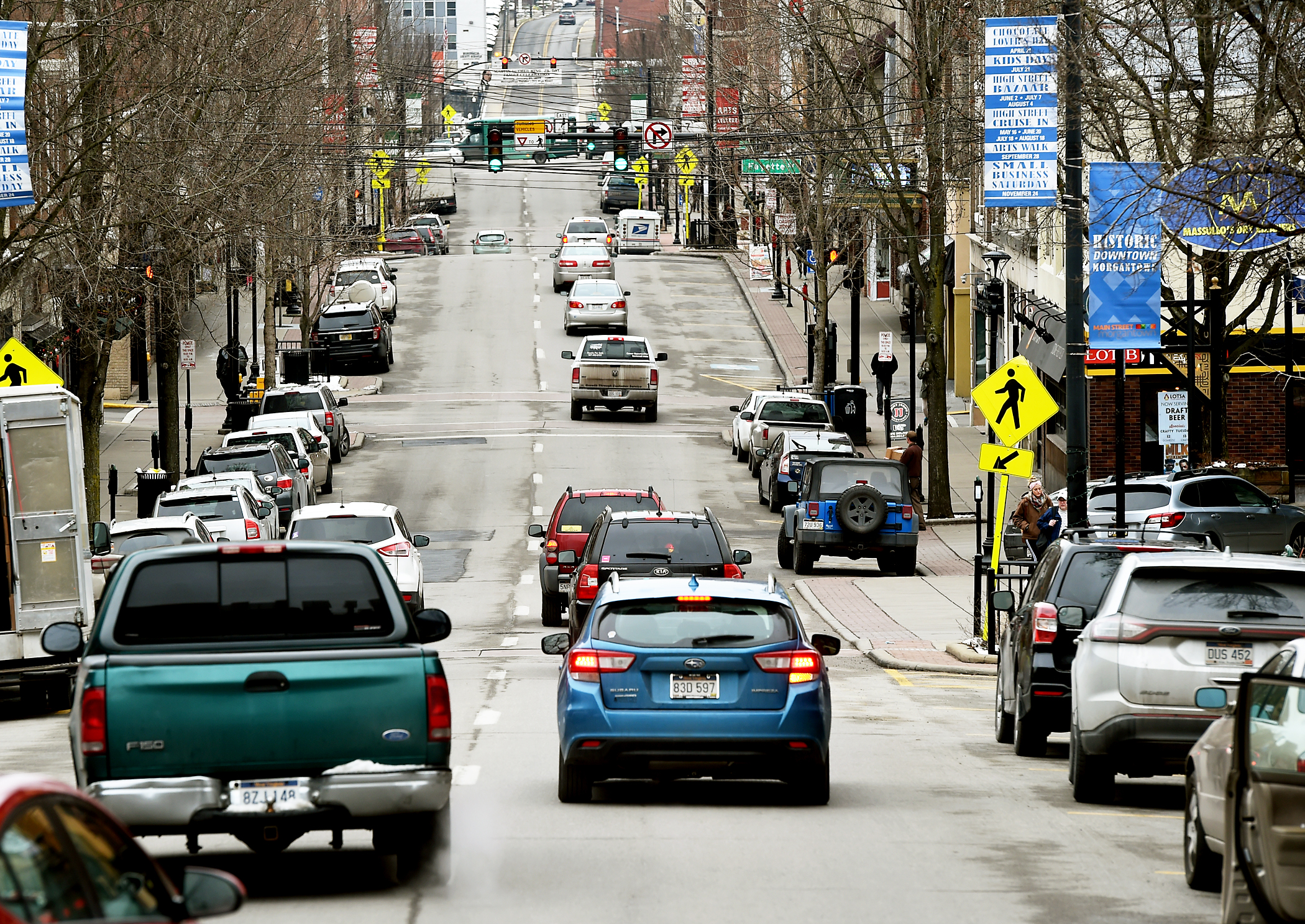MORGANTOWN — A months-long housing needs assessment conducted by Bowen National Research found that Morgantown has a critical need for low-income rental housing as well as a growing demand for additional high-end/luxury rentals and for-sale housing.
These were among the many points spelled out by the Ohio firm’s president, Patrick Bowen, in highlighting the 312-page report available on the city’s website, morgantownwv.gov.
Looking at non-student multi-family rental housing, 98.2% of rental housing in the city is occupied. The city has zero tax credited or government subsidized rental housing currently available.
“If you’re a low-income household, a four-person household making less than $59,000, you’re not going to find a multifamily apartment to rent in Morgantown,” Bowen said, explaining that there is actually a waiting list for such units.
In the county, one project contains all 145 available units, be they market rate, tax credited or subsidized.
“You take that one project out, you’ve got virtually nothing to rent in the city and you’ve got virtually nothing to rent outside you in the county,” he said.
Bowen noted that 51.1% of renters in Morgantown are cost-burdened, meaning they spend more than 30% of their income on housing. Another 14.2% are severely cost burdened with housing costs that consume half of their income.
“You’ve got a lot of folks having affordability issues, he said explaining that more than half the renters in the Greater Morgantown Area earn less than $30,000 annually.
Overall, the number of households in both Morgantown and Monongalia County have outpaced the state since 2010. According to the assessment, the housing stock in the city is generally, older, smaller, has fewer bathrooms and sells for lower prices than homes in the rest of the county.
While the city has a critical need for low-income rental housing, there is also demand for high-end/luxury housing, both rental and for sale.
According to Bowen, the city has a tremendous opportunity to capitalize on the fact that nearly 26,000 people commute in daily for work.
“There are people out there who don’t live in Morgantown, but they want to be there,” he said.
Looking at a survey conducted as part of the assessment, Bowen highlighted a question focused on how much people interested in moving to Morgantown are willing to pay in monthly rent, 45 of 149 respondents said $1,000-$1,500 and another 40 said $751-$1,000.
“Look at the numbers for people who don’t even live here. If you have this higher-priced product that met their criteria, you have an opportunity to capture more people, he said, pointing out that the city’s highest expected growth demographic over the next five years are people earning more than $100,000 annually.
“You’re going to get the growth. The higher-income households are coming. I’d say you’ve got a lot more people out there than people realize who would get into Morgantown if you had the right housing for them,” Bowen said.
But meeting those demands — whether they be low or high income rental housing — is challenging for a number reasons.
Director of Development Services Chris Fletcher explained the fact that the city is largely built out coupled with a strong desire to protect neighborhoods makes it tough to find property that isn’t prohibitively expensive to develop.
“I think there are areas where our zoning regulations really restrict or limit new product that might be slightly more dense or a little bit different for fear it might bring more students into those areas or for fear that it might change the character or quality of that neighborhood,” Fletcher said.
TWEET @BenConley_DP




